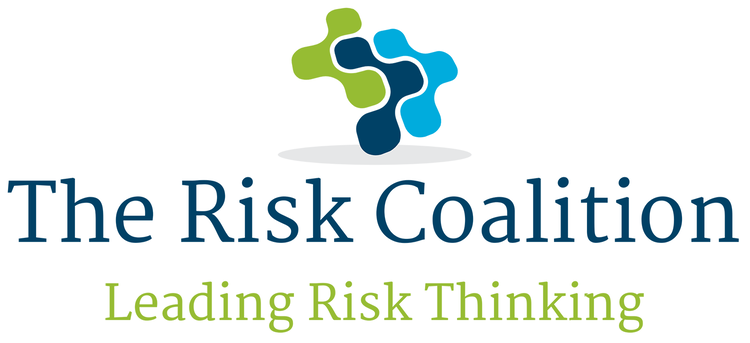The risk landscape of 2022 is perhaps clearer than many other years. One area of risk stands out – People Risk. Where failures occur it is often the actions or inactions of people which have been at the root cause of the issues identified. And these risks will be exacerbated in 2022 by two main factors – staff shortages caused by ‘The Great Resignation’, and the challenges associated with the continuation of hybrid working.
The Great Resignation
The loss of personnel can cause issues across all levels of the organisation:
Senior management – key person dependency, loss of strategic direction, inability to fulfil SMCR requirements
Back office –project completion risk, failures of systems and processes
Customer facing staff – customer detriment, increased errors, increased stress.
In reducing the risks associated with staff losses, there are some quick wins, but firms should also take a more strategic view and consider some of the structural issues and push factors within the business that are causing staff to leave. Mitigations include:
Leadership – throughout the pandemic and beyond, staff are looking for inspirational leaders who are exemplars of good practice. People join organisations, but they leave bosses
Key person dependency and succession planning – understanding who the key people are and putting in place realistic succession plans is a key mitigation
Ways of working – employees today are looking for working environments with a greater degree of flexibility. After two years of lock-down, firms attempting to enforce a full-time return to the office will see significant staff push-back.
BAU hybrid working
As Covid eases many firms are transitioning from the ways of working during lockdown (effectively an extended business continuity exercise) to a more formalised BAU hybrid working approach. And in doing so, it is important for organisations to recognise the inherent risks that come with a decentralised delivery business model, such as: failures in staff oversight and culture, data security, weakened spans of control etc.
Firms need to recognise the risks and put in place a clear action plan to control them, including in relation to:
Risk monitoring and control – firms should recognise the enhanced risks that hybrid working can bring, and build this into the ERMF (extended risk management framework)
Culture – an effective culture is a key mechanism for promoting control and good practice, across a distributed workforce. It is the glue that holds the organisation together
Management – effective managers are coaches not custodians. They are output not time focussed and are able to project culture and control across a decentralised workspace
Recruitment – with staffing pressures there is a temptation to put ‘bums on seats’. But firms should select staff for the new normal – candidates who demonstrate self-motivation and integrity.
Frank Brown is Practice Lead at Bovill. His blog is an extract from his paper which explores People Risk in greater detail

